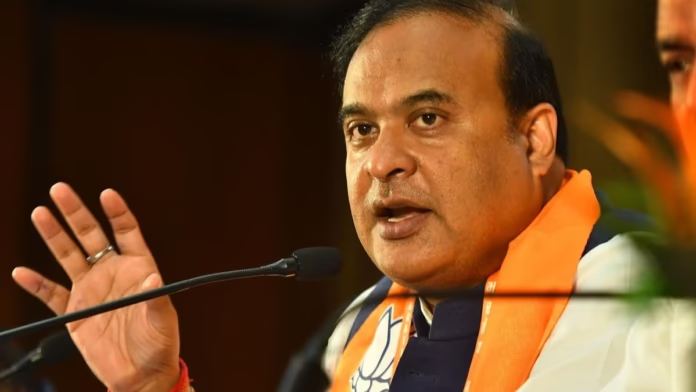The Assam government has announced a reduction in electricity tariffs, slashing rates by ₹1 per unit. Chief Minister Himanta Biswa Sarma made the announcement, stating that the new tariff structure will take effect from April 1. The move aims to provide relief to households and businesses grappling with rising costs. Consumers across various categories, including domestic and industrial users, will benefit from this decision.
Officials from the Assam Power Distribution Company Limited (APDCL) have confirmed that the tariff reduction aligns with efforts to make electricity more affordable. The state government has also introduced an additional rebate for prompt bill payments. Consumers who clear their bills before the due date will receive a further concession, encouraging timely payments and improving revenue collection.
Himanta Biswa Sarma emphasized that the decision reflects the government’s commitment to easing the financial burden on citizens. The reduction follows a detailed review of the power sector’s financial health and its impact on consumers. The government has assured that despite the lower tariff, the quality and reliability of electricity supply will remain unaffected. Investments in power infrastructure will continue to ensure uninterrupted service.
Energy experts have welcomed the decision, highlighting its potential to boost economic activities. Small and medium enterprises, which often struggle with operational costs, will find some relief in their electricity expenses. Industrialists believe the revised rates will improve the ease of doing business in the state. Households will also benefit, especially during summer months when electricity consumption rises due to increased use of cooling appliances.
Officials clarified that the tariff cut will not impact ongoing power projects. The government remains committed to expanding renewable energy initiatives while maintaining fiscal discipline. The financial adjustments required to implement the reduced tariffs have been planned to prevent any disruption in electricity supply.
Residents have responded positively to the announcement. Many have expressed relief, particularly those from lower-income groups who struggle with monthly expenses. The additional rebate for timely payments has also received appreciation, as it incentivizes responsible energy consumption. Some consumers, however, have urged the government to introduce further reductions in the future.
The power sector in Assam has witnessed significant reforms in recent years. The government has taken measures to reduce transmission losses and improve efficiency in billing and collection. Digitization has played a crucial role in ensuring better monitoring and reducing instances of power theft. With the revised tariffs, authorities hope to further streamline power distribution and enhance consumer satisfaction.
Himanta Biswa Sarma reiterated that the government remains focused on balancing affordability with sustainability. Assam has been making progress in its renewable energy goals, with solar and hydro projects gaining momentum. The state’s long-term energy vision includes reducing dependency on external sources while ensuring fair pricing for consumers.
Political analysts see this decision as a strategic move ahead of upcoming elections. Electricity prices often influence voter sentiment, and a reduction in tariffs strengthens the government’s pro-people stance. Opposition leaders have acknowledged the benefit to consumers but have also raised concerns about whether the tariff cut will affect long-term investments in power generation.
The implementation of the new rates will be closely monitored. Power distribution authorities will ensure a smooth transition and address any technical issues that arise. Consumers are advised to check their revised bills from April to verify the reductions. The government has assured transparency in the billing process and has urged consumers to report any discrepancies.
Electricity tariffs in India are subject to periodic revisions based on multiple factors, including fuel costs, transmission efficiency, and overall demand. Assam’s decision to reduce rates stands in contrast to trends in some other states where tariffs have increased due to rising operational costs. By managing its resources efficiently, the Assam government has found a way to pass on benefits to consumers while maintaining stability in the power sector.
As April approaches, residents and businesses in Assam will experience the impact of this decision firsthand. Whether this reduction leads to broader reforms in energy pricing remains to be seen, but for now, the move has brought much-needed financial relief to the people of the state.




